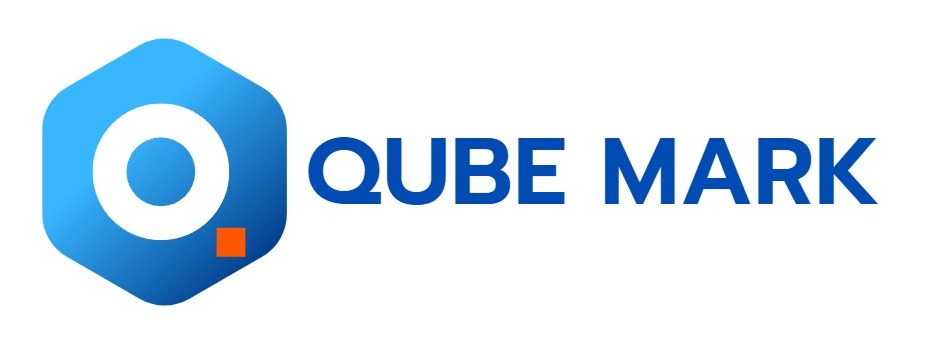PALM BEACH GARDENS, Fla., June 3, 2025 -- Weiss Ratings, the nation's only independent bank safety rating agency, has released data today to challenge a decision by the FCC that radically loosens its screening standards for banks deemed qualified to provide letters of credit for its programs. (See Weiss' May 30 letter to the FCC here.) Previously, the FCC accepted only banks with a Weiss rating of B- (good) or better, which would include 1,639 strong institutions. Now, however, under pressure from some of the nation's banking associations, it has decided to accept any bank deemed "well capitalized" by federal banking regulators. This includes 649 banks that currently get a Weiss Rating of D+ (weak) or lower, which represents an unacceptably high probability of future financial difficulties, based on over 20 years of historical data on bank failures.
Weiss Ratings founder, Dr. Martin D. Weiss, commented, "The problem starts with the banking regulators — the Fed, FDIC and OCC. Their bar is so low that they include some of the nation's weakest banks in their 'well capitalized' category."
Indeed, according to banking regulators, 99.4% of the nation's 4,484 banks are deemed "well capitalized," while only 0.6%, or a meager 27, are said to be "undercapitalized." This flies in the face of a key measure of bank capital — common equity tier 1 RBC — has been going mostly down since 2019.
Some of the riskier banks considered "well capitalized" include Bank of America, the nation's second-largest bank with $2.6 trillion in assets. Not only does it have the weakest Weiss capital ratios among the nation's 50 largest banks, but it also reports $49.7 in unrealized losses on its books for each $100 of Tier 1 capital. This means that, if, at a future date, Bank of America must realize its losses, half its capital could be gone.
Other relatively large banks in the same approximate risk category as Bank of America (a Weiss ratings of C-) include Synchrony Bank (with $114.8 billion in assets), Flagstar Bank, National Association ($97.6 billion), East West Bank ($75.7 billion), Valley National Bank ($61.8 billion), Associated Bank, National Association ($43.2 billion), Bank OZK ($39.2 billion), Prosperity Bank ($38.8 billion), Eastern Bank ($25 billion), plus ten others with assets over $10 billion.
Meanwhile, USAA Federal Savings, with $110.8 billion in assets, is in even worse shape — with an unhealthy combination of both weak capital and poor profitability. Others in the same general risk category as USAA (with a Weiss Rating of D+ or lower) include Bank of Hawaii ($23.8 billion in assets), Cathay Bank ($23.2 billion), Farmers & Merchants Bank of Long Beach ($11.5 billion) and Washington Trust Bank ($10.7 billion), plus many others. All suffer from severe deficiencies. Yet, all are said to be "financially stable" per the FCC's new standards.
Based on these same new standards, most of the large banks that failed or received a bailout during the Great Financial Crisis would have also been deemed "well capitalized" or "financially stable." These include Bank of America, JPMorgan Chase, Wells Fargo, Washington Mutual Bank, Bank of New York Mellon, U.S. Bancorp, Capital One Financial, PNC Financial Services Group, Regions Financial, State Street and BB&T Corp (now Truist) and others.
The FCC is scheduled to meet on Wednesday, June 4 to discuss its recent decision to lower its bank qualifying standards, to which Weiss adds this input: "America's 129 million households and 37 million businesses with bank accounts deserve a higher level of scrutiny, clarity and disclosure regarding the safety of their financial institutions, free of conflicts or cover-ups."
About Weiss Ratings: The Weiss bank ratings have warned the public well in advance of 97.1% of bank failures that have occurred from January of 2008 through May of 2025, while also accurately identifying the banks with the lowest risk of failure. Since its founding in 1971, Weiss Ratings has never accepted any form of payment from rated entities for its ratings. Nor has it requested any payment from the FCC. All Weiss ratings are available at https://weissratings.com.
In other sectors, the U.S. Government Accountability Office (GAO) reported that the Weiss ratings of U.S. life and health insurers outperformed those of A.M. Best by 3-to-1 in warning of future financial difficulties, while also greatly outperforming those of Moody's and Standard & Poor's. The New York Times reported that Weiss "was the first to warn of the dangers and say so unambiguously." Barron's called Weiss Ratings "the leader in identifying vulnerable companies."
This News is brought to you by Qube Mark, your trusted source for the latest updates and insights in marketing technology. Stay tuned for more groundbreaking innovations in the world of technology.









